Posted: 16th July 2019 | Back to news feed
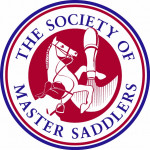
Q & A on side saddles...
What are the differences between the three main stirrup safety fittings?
The most important thing to consider before riding side saddle is safety. One of the foremost considerations is if the worst happens, and you fall from your horse, that you will become immediately detached and not ‘hung-up’ with a foot stuck in the iron and the stirrup fixed to the saddle. The late Victorian period began producing innovative safety designs for riders and their saddles to reduce the risk of accident and injury.
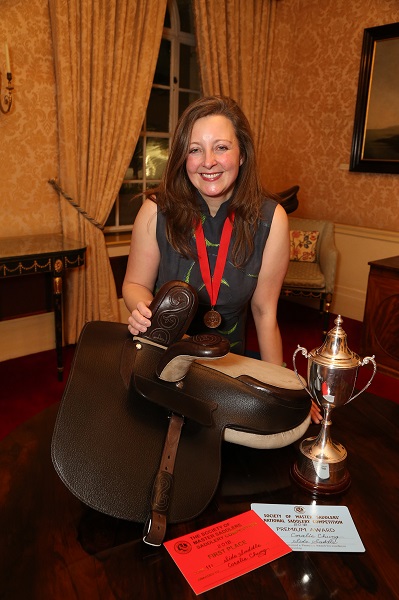
Previously to this time most side saddles had a closed roller bar fitted for the stirrup leather to pass through, so a slipper stirrup – that prevents the foot going through as closed at the front - or a collapsible stirrup iron were used.
The three most well-known makers of side saddles had their own patented safety system for the stirrup attachment.
Mr Wilton (senior) of Champion and Wilton patented theirs in 1880. It is a hinged mechanism onto which the metal loop of the stirrup leather hooks. {A} It is held firmly in place by the weight of the rider’s leg on top of the leather safe. Should the rider fall, the weight is lifted and the hinge lets go, releasing the rider from the saddle.
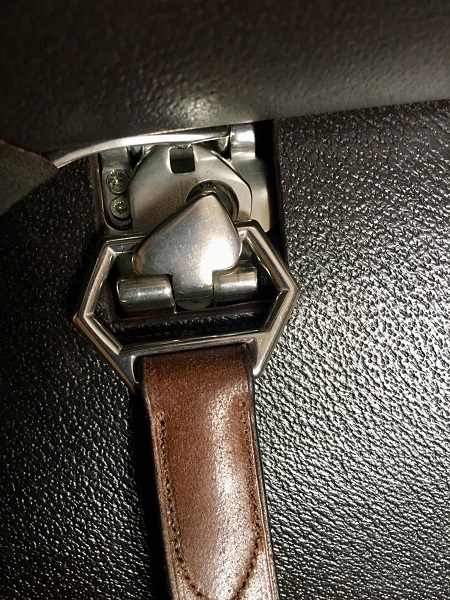
The other two main side saddle makers were Owen and Co, who had a ‘hook on and click down ‘{B} design of safety attachment and Mayhew, where the hinged stirrup bar is straight with a wide hinged hook -over stirrup fitting {C}.
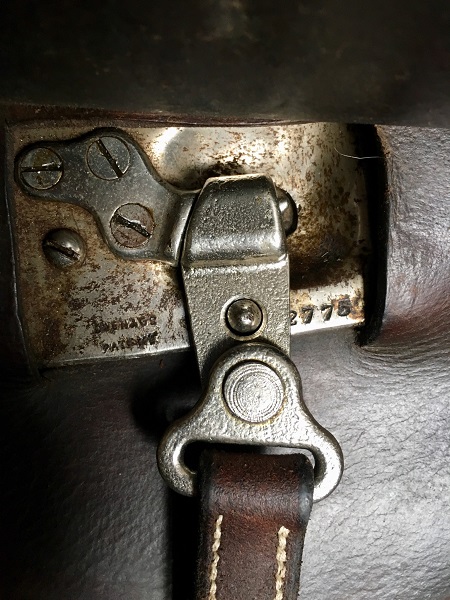
Owen & Co (B)
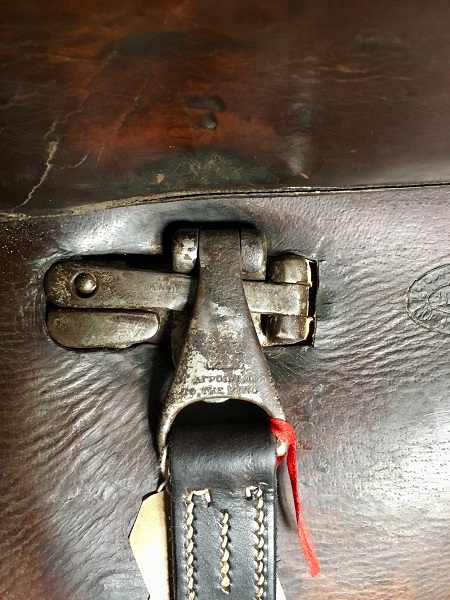
Mayhew (C)
All three makers’ designs are widely used by other side saddle makers and indeed by each other as a customer could request their preference when ordering a saddle.
Because of the quick release nature of the side saddle safety features it is inadvisable to mount using the stirrup. A tall mounting block or a leg-up is always preferred.
How does fitting a side saddle differ from fitting astride?
The majority of side saddles still in use today are antiquated. They were designed and made in a time when horses were still in use as working animals. Horses then were generally leaner and travelled in straight lines.
A typical ladies mount would have been a lean thoroughbred type shape. The rider would likely have been smaller and more petite than today’s average rider. Therefore the bespoke saddles for that type of horse and rider do not always correspond with our modern warm blood, cob or native breeds which are often more heavily muscled around the shoulders, wither and back due to the rounder outlines we like to work them in.
When buying an astride saddle, the SMS Qualified Saddle Fitter would have a range of new and possibly second hand saddles from various companies (and to suit various budgets) to try on the horse in order to get the best fit for both him and his rider.
There is a huge choice of readily available modern astride saddles in all sizes for all different disciplines. They come in different colours, types of leather, knee and thigh rolls etc.
Fitting a side saddle can require a great deal of patience. Side saddles are not available in abundance. Most often they are bought and sold privately. Side saddles were made to the individual’s specifications so a prospective buyer now would need to find one that fits their body shape and is comfortable.
The next task is to see if it will fit the horse. As mentioned previously many side saddles are on the narrow side (there are of course exceptions) so some wither is essential. Side saddles are longer than astride saddles, so the horse will need good length of back.
There is limited supply of side saddles which makes finding the perfect one a complicated task and the result is often a compromise. Fitting a side saddle can therefore be a long drawn out affair.
As with fitting an astride saddle it is very important to have the side saddle checked and fitted by an expert.
Can any saddle fitter fit a side saddle?
No. Only an experienced side saddle fitter understands the dynamics involved to fit a side saddle correctly.
Fitting a side saddle is very specific and precise and completely different to fitting an astride saddle. To begin with they are usually very old and therefore a thorough safety check is needed.
This will include testing the tree for cracks or breaks. Inspection of all straps and examination of the panel. The side saddle specialist will be able to advise on the suitability of the side saddle and carry out any repairs and reflocking as necessary.
Once the side saddle has been confirmed as fit for purpose it can be fitted to the horse. Unlike the panel of the astride saddle, a side saddle is not symmetrical. The weight and balance of the rider is still spread evenly as with an astride saddle, but just over a larger bearing surface and with different balance points.
The rider has a lot of influence over the fit of the side saddle. Experienced side saddle riders are well balanced and know how to distribute their weight through the saddle.
Less experienced novice riders can inadvertently put too much pressure on the stirrup therefore unbalancing themselves and the saddle will tip to one side.
A list of side saddle specialists is available on both the Society of Master Saddlers website and the Side Saddle Association website.
For more information visit www.mastersaddlers.co.uk or contact The Society of Master Saddlers on 01449 711642.
The Equestrian Index newsfeed is compiled from articles submitted by advertising members and expresses the opinions of those members. Watsons Directories Ltd shall not be held liable for any inaccuracies or mis-statements therein.
